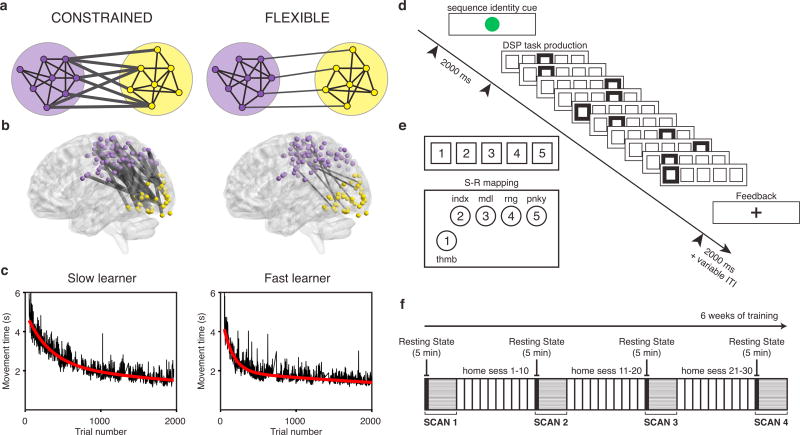Fig. 1. Network dynamics constrain adaptive learning behavior.
(a) The degree of connectivity between two modules can impose important constraints on the types of dynamics that are possible. A lower degree of statistical dependence between the activity profiles of two modules can allow for greater flexibility in module dynamics. (b) Learning a new motor skill — a sequence of finger movements — induces a progressive change in the connectivity between visual and somato-motor cortices in humans (Bassett et al., 2015). We hypothesize that individuals who display a greater functional separation, or greater modularity, between motor and visual modules at rest are poised for enhanced adaptability, and therefore will learn faster over 6 weeks of practice than individuals who display less functional separation between these modules. (c) Time in seconds required to correctly perform each sequence of finger movements (here referred to as movement time) for two example human subjects over 6 weeks of training. We observe an exponential decay in the trial-by-trial movement times for all participants (black lines), indicating that learning is occurring. The exponential drop-off parameter of a two-term exponential fit (red line) quantifies how rapidly each participant learned. Left and right panels illustrate the fits for an example slow and fast learner, respectively. (d) On each trial, the initial stimulus indicated which sequence should be performed. Each correct key press led to the next stimulus cue until the ten-element sequence was correctly executed. At any point, if an incorrect key was hit, a participant would receive an error signal (not shown in the figure), and the sequence would pause until the correct response was received. (e) Stimulus-response mapping between a conventional keyboard or an MRI-compatible button box (lower left) and a participant's right hand. (f) Training occurred over the course of 30 or more behavioral training sessions spanning approximately 42 days. Participants were scanned on the first day of the experiment and on three other occasions spaced approximately 1.5–2 weeks apart. Each scan session began with a 5 min resting state scan.

